The world, as a whole, has adopted the Metric system; the UK still holds on to some "Imperial" units (slightly larger than the "Standard"), but the US is the remarkable exception that still uses mostly inches for objects' sizing; feet for indoor, and yards for most outdoor dimensions.
Metric angles are usually expressed in "rads" or sub-multiples of them, but Standard angles in shooting are measured in MOA's (Minute of Angle).
Now, the MOA is ALMOST the same as the "IPHY" (Inch Per Hundred Yards), being that 1 MOA is 1.047" @ 100 yards distance; the difference is 4.7%, or 1/20", or, using the smallest commercial pellet caliber as a "sizer", about ¼ of the pellet hole. SO, for airgunners at the usual airgun distances (10 to 100 yards), they can be taken to be the same.
Civilian US shooters resisted for many years the multiple point aiming reticles, and even more the "Christmas Tree" or "Metering" reticle. Shooters claimed the reticles were "too busy".
Well, busy in reality meant that all those extra points had no real meaning in the shooter's mind and were regarded as "useless".
As time has gone by, and more and more ex-servicemen/women return home, the shooting games have evolved, we now have very long range matches. Civilian shooters enjoy the challenge of "mil-dot ranging" and software in portable devices has become sophisticated enough that "Joe Average" can now have firing solutions at his finger tips that up until a few of years ago were the exclusive domain of the professional military sniper.
BUT there was still one important obstacle to be removed. ALL the software, and all the literature makes a big hassle of the maths involved because shooters STILL THINK in terms of inches and yards. Complex formulae are embodied in special purpose slide-rules and apps.
Enter ADE Advanced Optics. A company that MAKES some of the most successful scopes for high end "manufacturers". They have a long standing tradition of scientific instruments making from microscopes to refractometers, astronomical scopes, and a whole host of camera parts.
And they decided to enter the American market with something that spoke the shooter's language. They setup a US office in the NorthWest and are actively looking to serve the US Shooters.
If you go to their EBay store, you can find 485 products, among them 23 Rifle scopes, of which there is one that is the point of this article: the 6-25X56 FFP MOA reticle scope.
Here you can see it mounted in a Diana ZR mount that had to be machined to fit.
Because the optics are worthwhile and the reticle is an interesting reticle that really needed some precision/FT testing. And we were not going to risk the test by mounting it rigidly to a Diana 54.
Now, a valid question might be: ¿Why would a maker make a scope with a saddle that is almost too big?
For starters, because this maker really knows his stuff. He knows that the bigger saddle allows for beefier parts. Beefier parts mean better survive-ability in the field. In the long run, the shooters are better served.
Yes they may need to buy higher rings (or adapt what they have), but in the long run, it is in the shooter's best interest to have something that will take the bumps of life in the field.
And so, we come to the reticle. Here is a picture at 5X:
One of the "ailments" of some modern offerings is that the "manufacturer" does not really know what they are making for him in China.
You ask what are the subtensions between hashmarks and they cannot answer properly; some will say they do not know (bad), some will say that "the information is proprietary" (WORSE); ¡What a load of hogwash!
This annoys me no end. Because, if someone wants to copy that "proprietary" reticle, they only need to get a scope and MEASURE the subtensions. Hiding information from your users is totally useless from the industrial/intellectual property standpoint, and is detrimental to the development of the sports you are supposed to be serving.
Anyway, a BIG advantage of having direct communication with the MAKERS is that at least ONE person in the factory will know what he is doing, and he usually provides pretty good information.
So, for those that are geometrically minded, this is the diagram provided by ADE Advanced Optics:
EACH small hashmark is worth 2 MOA
There are 10 MOA's between larger hashmarks that contain 5 X 2 MOA units.
Yes they are the same at any magnification, it is a FFP scope.
If you take the WHOLE horizontal crosshair (you need to be at 15X to see it all), then the whole thing spans 70 MOA's.
The "50 MOA @ 22X" note in the small diagram on the bottom left is not a typo, it actually refers to the scope we are testing but there is no clarification in the diagram, more on that later.
On the vertical crosshair you have finer divisions:
Each small hashmark is worth 1 MOA
Each intermediate hashmark is worth 2 MOA
Each larger hashmark is worth 10 MOA
Now, applying that to our test scope (small diagram in the lower left corner), here is what I would annotate on this particular model:
Taken outside, the scope is quite clear in its optics, I would say that on par with the better scopes in the price bracket ($200-$300 scopes) and definitely superior to the economy scopes.
On a cloudy and dark/rainy day this is what you see at 35 yards:
The scope itself, has clearly marked knobs. The sidefocus knob indicates the scope capacity to focus down to 10 yards:
Elevation and windage reticles are short and the erector tube is affixed to a bushing, so when you click in either elevation or windage the turrets themselves do NOT move. I would not fear taking this scope out into the rain.
Well, I took the scope mounted on my WFTF D54 to the EFTCC shoot of a few weeks ago. Given the small rotation needed to go from 10 to 55 yards, I was under no illusion that it was an ideal FT scope, but at the same time, the fact that some shooters are limited to 12X and at that magnification, pretty much all scopes perform equally bad beyond 35 yards, I thought it was worth a try.
On one peculiar target, it proved invaluable because the focus knob told me the target was much nearer than 10 yards, and being able to dial down the magnification with NO TRAJECTORY AND NO POI CHANGE was calming, soothing, and relaxing. I nailed those two shots, LOL!
The OTHER shots where it was interesting was in the offhand shots. You can take the offhand shots at a lower magnification with less stress and still know that your dope and your POI has not changed. I missed 3 of the 8 offhand shots, but that was not the equipment's fault.
As you have read elsewhere, the shoot ended up being more challenging than expected, and ending up in 3rd place behind excellent shooters like Paul Bishop and Matt Brackett was very satisfying when I had arrived at the range with ABSOLUTELY NO IDEA NOR DOPE.
The PP Calc app, did its job and once I found that the initial sighting in had moved my windage by a full MOA in the wrong direction, I ended up connecting on 7 of the last 8 targets.
"Bracketing" of long targets proved interesting, to say the least from the seated FT position. But knowing some typical dimensions helped a lot.
For those that MAY want to try something like this, here is a chart of apparent object size to distance:
Let's say we pick the base of the target at around 7 inches (purple line). And let's say that you measure 14 MOA's for that base. That means that the target in question is, roughly, at 50 yards.
Using another example: let's say that you have a large KZ target in which the MD has been "kind" enough to hide everything but the KZ. And you can measure the KZ at about 4 MOA's; that means that the target can be between 36 and 39 yards. If you know that your pellet's flight changes by about ½" between those two distances, you can still take the shot with reasonable confidence.
If you are a long range hunter, can use Laser Range Finders, or have a good piece of land with known distances, this scope is truly a good scope to have.
If you are a Hunter FT shooter, the scope has a 12X mark and using the bracketing method will give you a good technique to rangefind those targets beyond the 35 yard line.
If you are a UK HFT shooter, the depth of field and the FFP of this scope will undoubtedly put you into the run for the places.
All in all it is a good scope for the money.
Do not expect it to perform like a $1,200 scope because that was never the intent. But within the price bracket and for specific purposes, this might be one of the most unique scopes to enter recently the American market.
Keep well and shoot straight!
HM
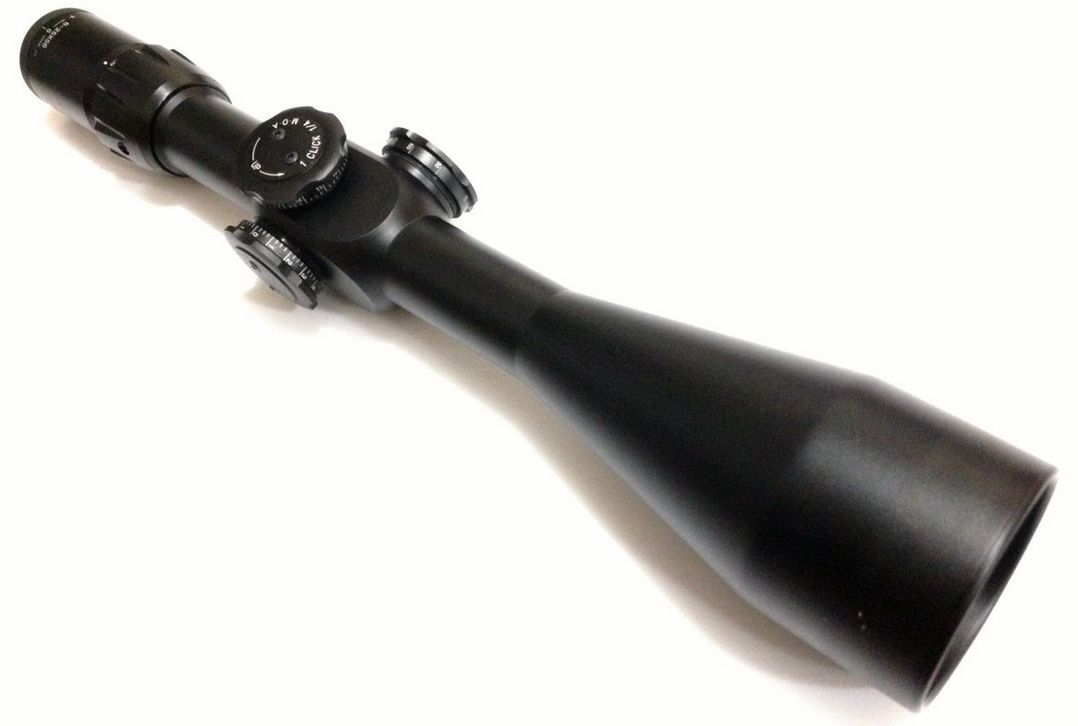

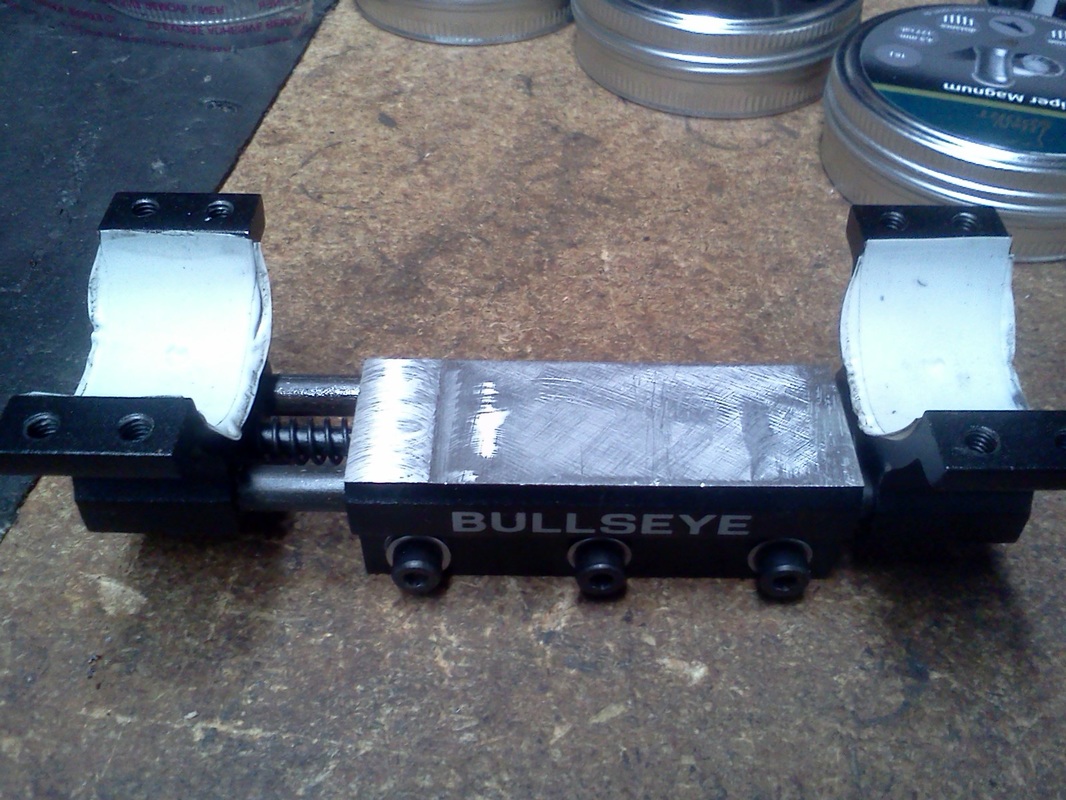
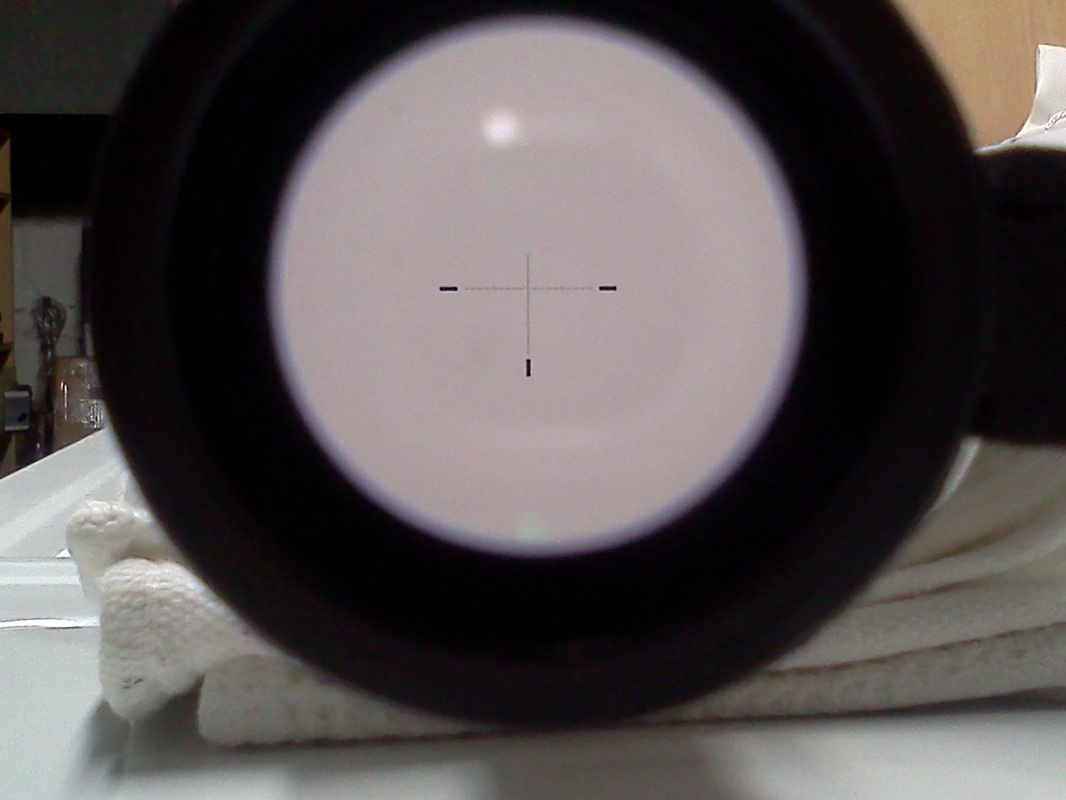
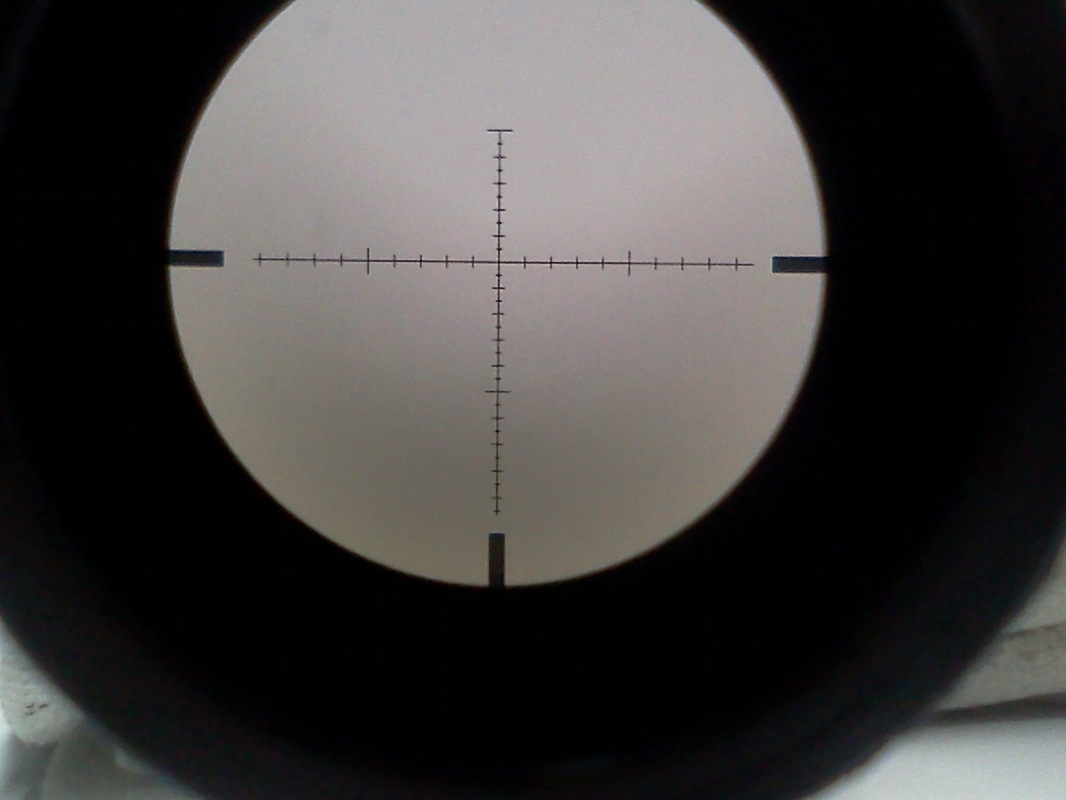
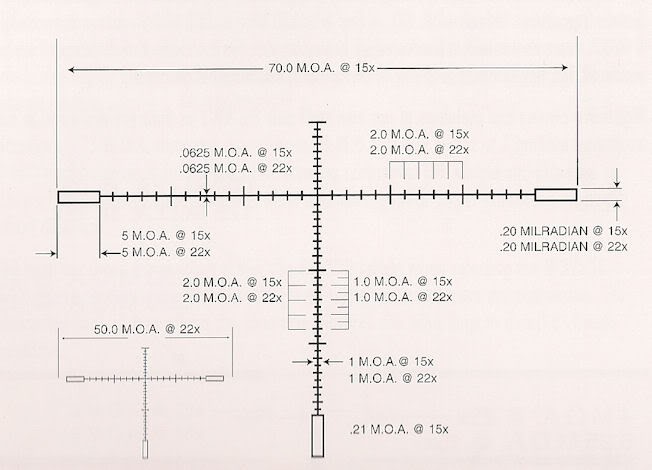
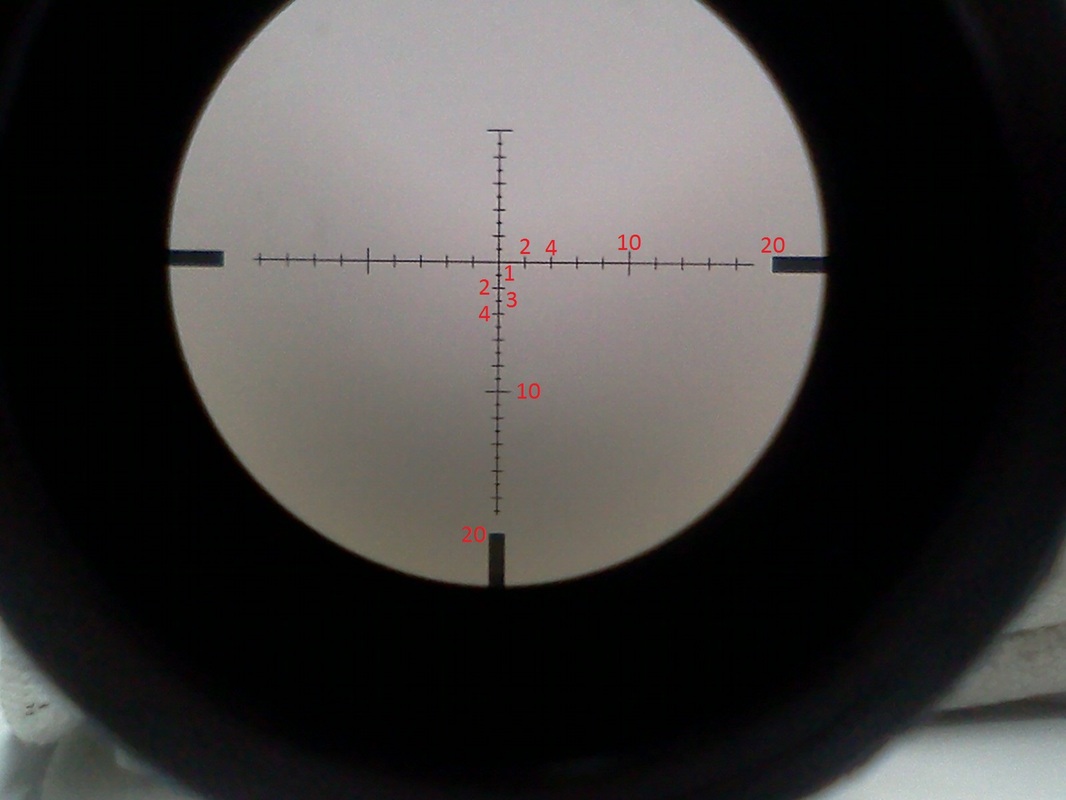
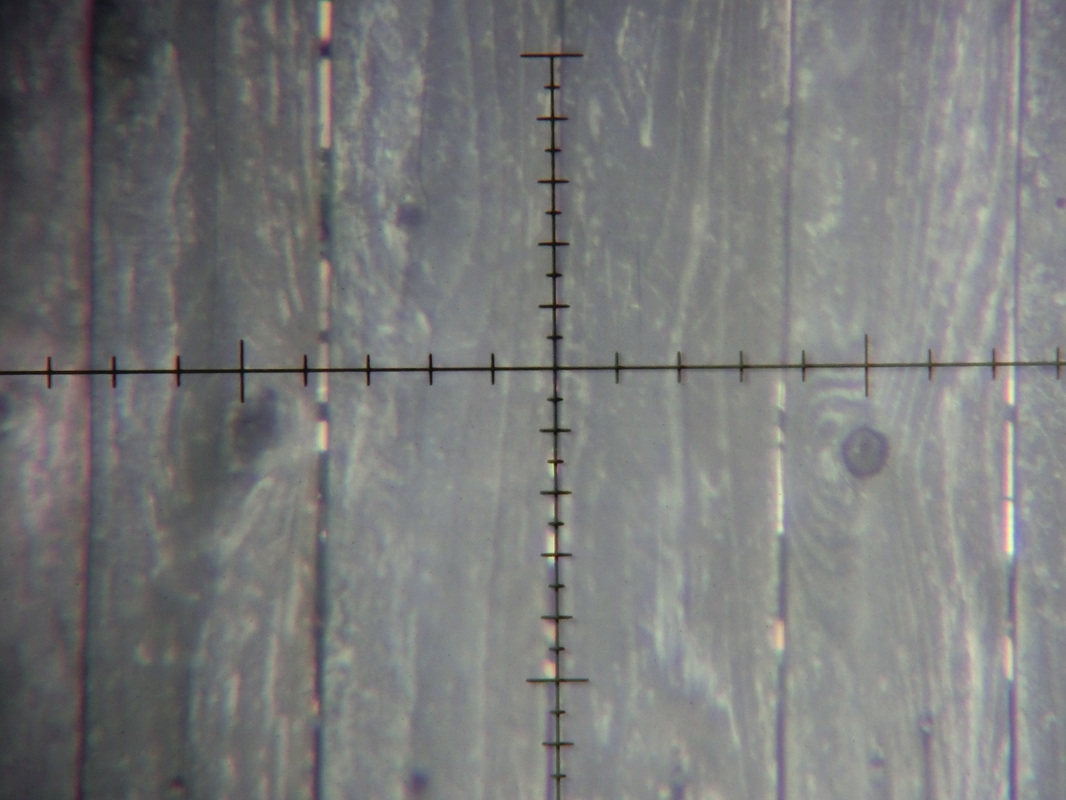
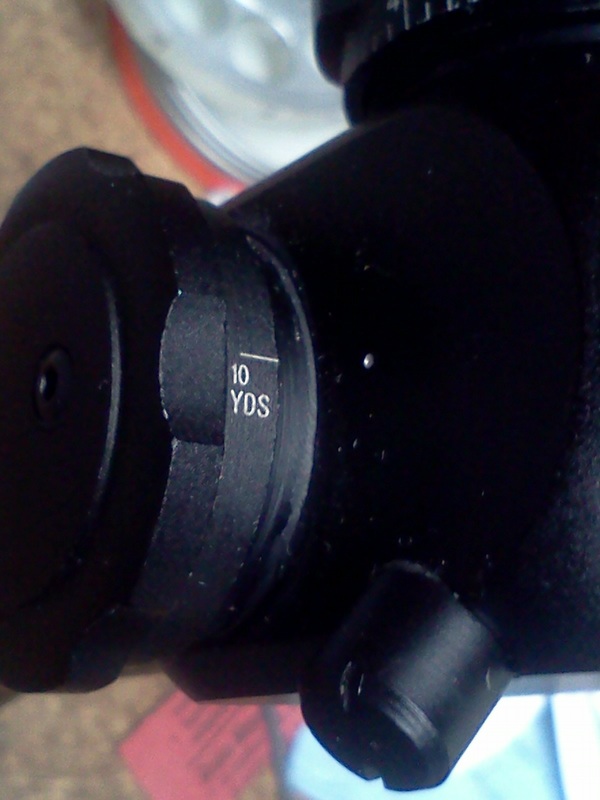
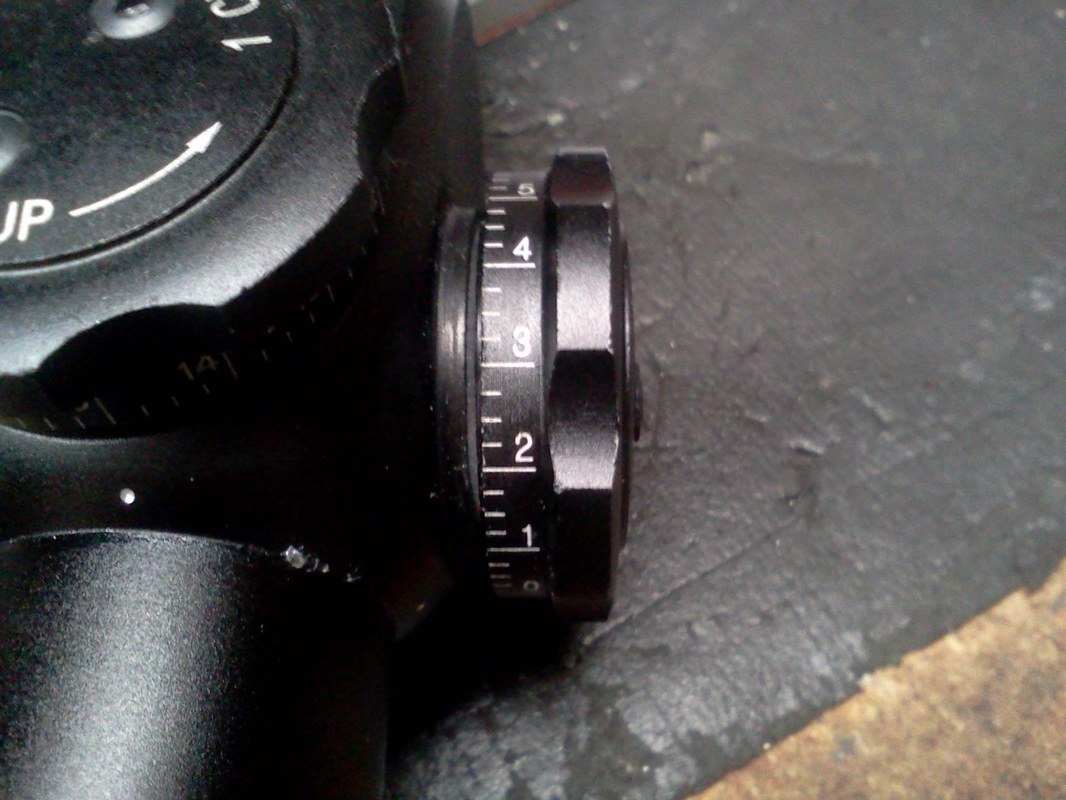
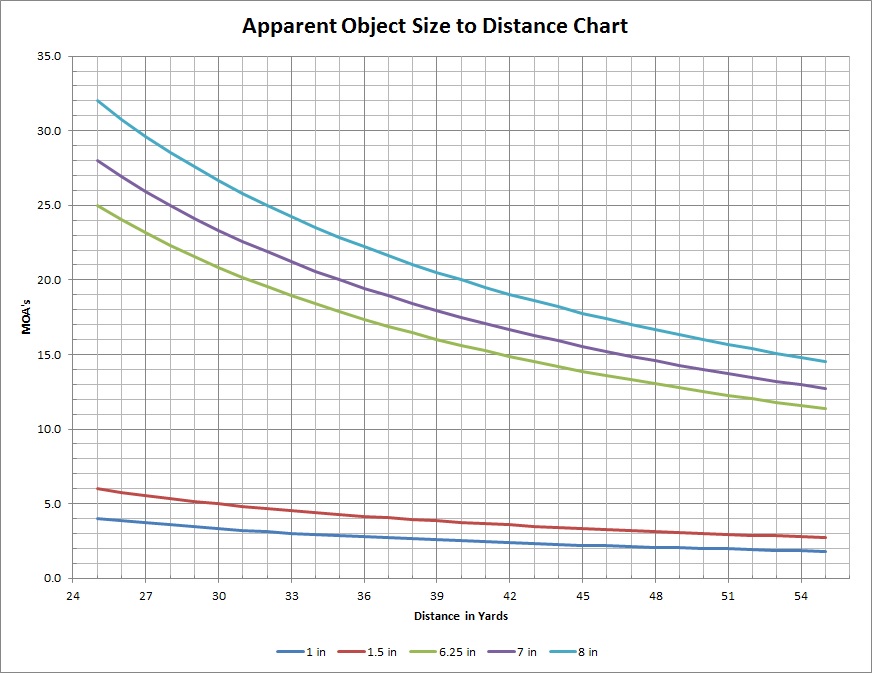
 RSS Feed
RSS Feed